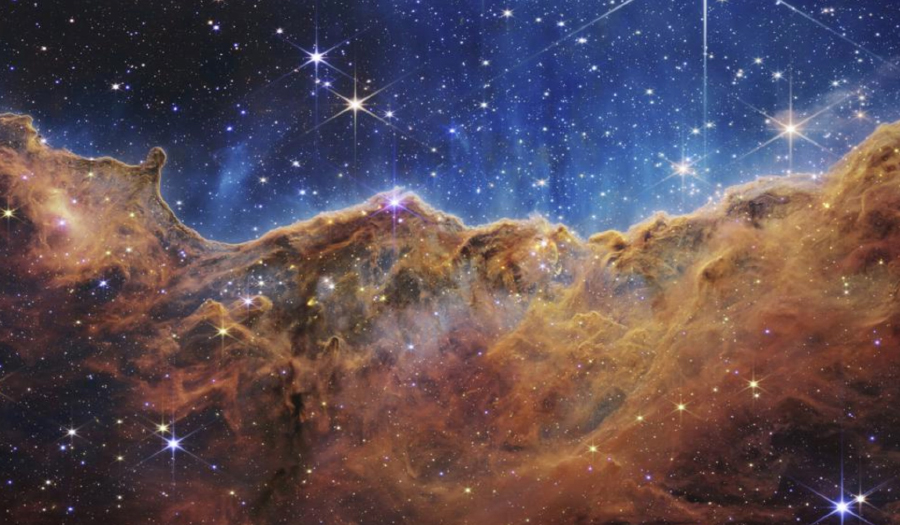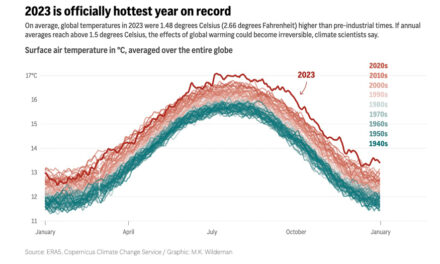By Seth Borenstein
Greenbelt, MD (AP) – NASA on Tuesday unveiled a new batch of images from its new powerful space telescope, including a foamy blue and orange shot of a dying star.
The first image from the $10 billion James Webb Space Telescope was released Monday at the White House, a jumble of distant galaxies that went deeper into the cosmos than humanity has ever seen.
The four additional photos released Tuesday included more cosmic beauty shots.
Webb’s use of the infrared light spectrum allows the telescope to see through the cosmic dust and “see light from faraway light from the corners of the universe,” he said.
“We’ve really changed the understanding of our universe,” said European Space Agency director general Josef Aschbacher.
The European and Canadian space agencies joined NASA in building the powerful telescope.
On tap Tuesday:
• Southern Ring Nebula, which is sometimes called “eight-burst.” About 2,500 light-years away, it shows an expanding cloud of gas surrounding a dying star. A light-year is 5.8 trillion miles.
• Carina Nebula, one of the bright stellar nurseries in the sky, about 7,600 light-years away.
• Five galaxies in a cosmic dance, 290 million light-years away. Stephan’s Quintet was first seen 225 years ago in the constellation Pegasus.
• A blueish giant planet called WASP-96b. It’s about the size of Saturn and is 1,150 light-years away. A gas planet, it’s not a candidate for life elsewhere but a key target for astronomers.
The images were released one-by-one at an event at NASA’s Goddard Space Center that included cheerleaders with pompoms the color of the telescope’s golden mirrors.
The world’s biggest and most powerful space telescope rocketed away last December from French Guiana in South America. It reached its lookout point 1 million miles from Earth in January. Then the lengthy process began to align the mirrors, get the infrared detectors cold enough to operate and calibrate the science instruments, all protected by a sunshade the size of a tennis court that keeps the telescope cool.
Webb is considered the successor to the highly successful, but aging Hubble Space Telescope.










